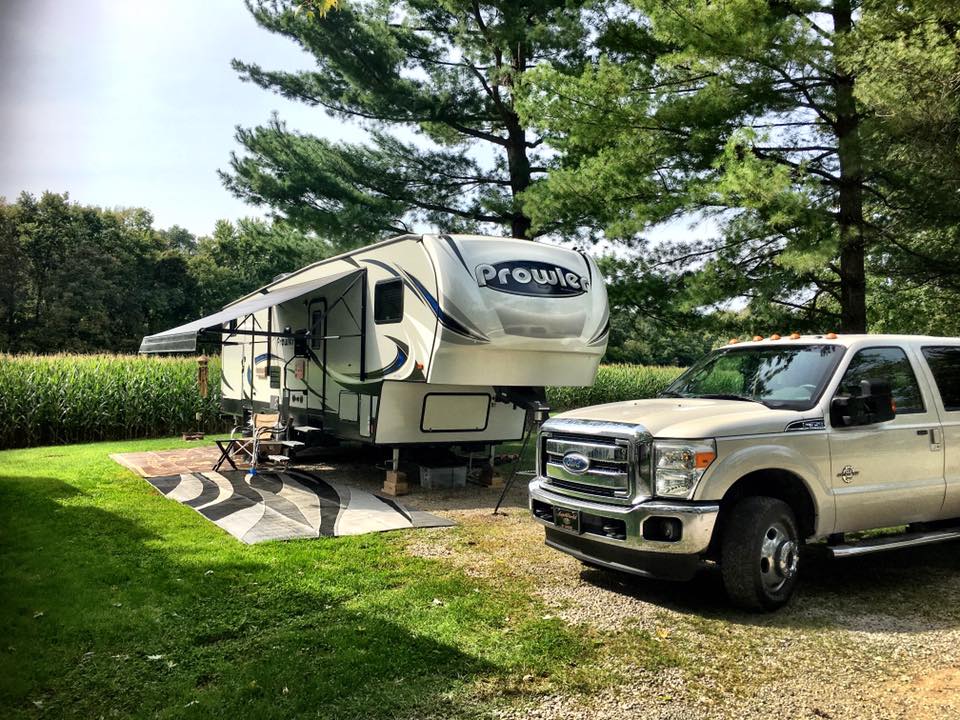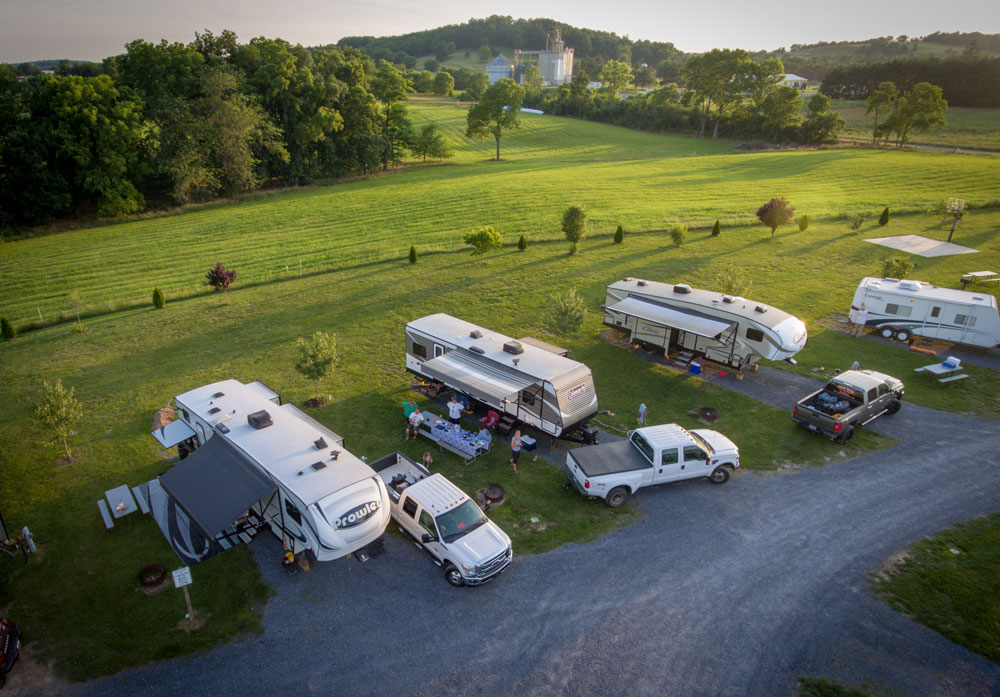More than 40 million Americans go out camping every year, and the number is increasing. As with most outdoor activities, camping has many different skills involved, like identifying an excellent location to pitch a tent, or knowing how to start a good campfire.
Having a campfire and roasted marshmallows, to me that sounds like Heaven. – Randy Orton
In this how-to article, we will go through the steps needed to build a common teepee style campfire, that you’ll be able to sit and relax in front of and perhaps roast some marshmallows.
1. Identify a Suitable Location and Build a Fire Ring
The first step to lighting a good campfire is to find a suitable location. Ideally, you want a central, dry place that has no grass or twigs. It’s also helpful to not be in an area where there may be snakes. That would put a damper on a fire. Many campgrounds have designated areas for lighting campfires.
After identifying an ideal location, you need to set up a fire ring. A fire ring can be a metal, purpose-built round, that some campgrounds provide, or a small border of large stones. The purpose of a fire ring is to contain the fire and prevent it from spreading and turning to wildfires. It would suck if you got blamed for the next California wildfire.
2. Gather Your Materials
You need tinder. Tinder is an easily combustible material that catches fire fast. Tinder can come in different forms like wood shavings, sawdust, commercial fire sticks, wax, and pieces of paper. A bunch of old newspapers or pine cones can come in handy too. It’s perhaps not wise to burn your wife’s recipe notes, but this is a good chance to burn old tax documents.
Then, you need kindling. Kindling is similar to tinder but is slightly bigger. The best kindling to use is dry twigs and branches. Hopefully, broken off and in pieces. Please don’t drag over a dead tree.
Third, you need firewood. You can usually buy firewood from the campground. Alternatively, you can gather firewood from your wooded areas around the campground if it is allowed. Ideally, you want firewood that is dry and in large quantity if you are camping for several days.
3. Build the Fire
The next step in starting a campfire is to build it.
To build a teepee style fire, you should first lay tinder inside the fire ring. Next, you should arrange a few kindling around the tinder. Then arrange the larger pieces of firewood standing on their ends to form a sort of “teepee.”
4. Start the Fire
Use a match or long-stemmed lighted to ignite the tinder. It is not recommended to pull a, “Here, hold my beer,” moment, and grab a gas can, or lighter fluid, to soak all the wood with. Just don’t. Bad things happen.
Simply place the flame into your tinder pile, or light a pine cone, or ball of paper, and place all around the bottom of the teepee you built. Blow softly on the flames gives the fire the air it needs to ensure the tinder, and then kindling continues to burn. Eventually, the larger pieces of firewood will begin to catch fire, and pretty soon, you’ll have a roaring fire.
A teepee fire usually produces a fast flame, and the heat directed to a single point. Many people use this type of campfire for cooking food above it, either on a grill or even hanging pots.
5. Extinguishing and Cleaning the Campfire
The final step of a campfire is to extinguish the fire. The simplest way to do this is to pour water on the fire. Please don’t stand too close to it when you do this as the ashes can splash, and steam will escape from the fire, which could burn you. Once it is soaked, it’s best to stir those ashes around a bit, and then pour a bit more water on it to be sure.
In closing, I hope this article has been helpful in helping you build the best roaring fire you can to sit around with your friends and family and enjoy the wonderful sounds and smell of a roaring campfire.
[embedyt] https://www.youtube.com/watch?v=SGuup7o31qo[/embedyt]
Photos source: All photos were purchased at DepositPhotos.com Video was taken by Erika L Rich, and uploaded to YouTube.com





